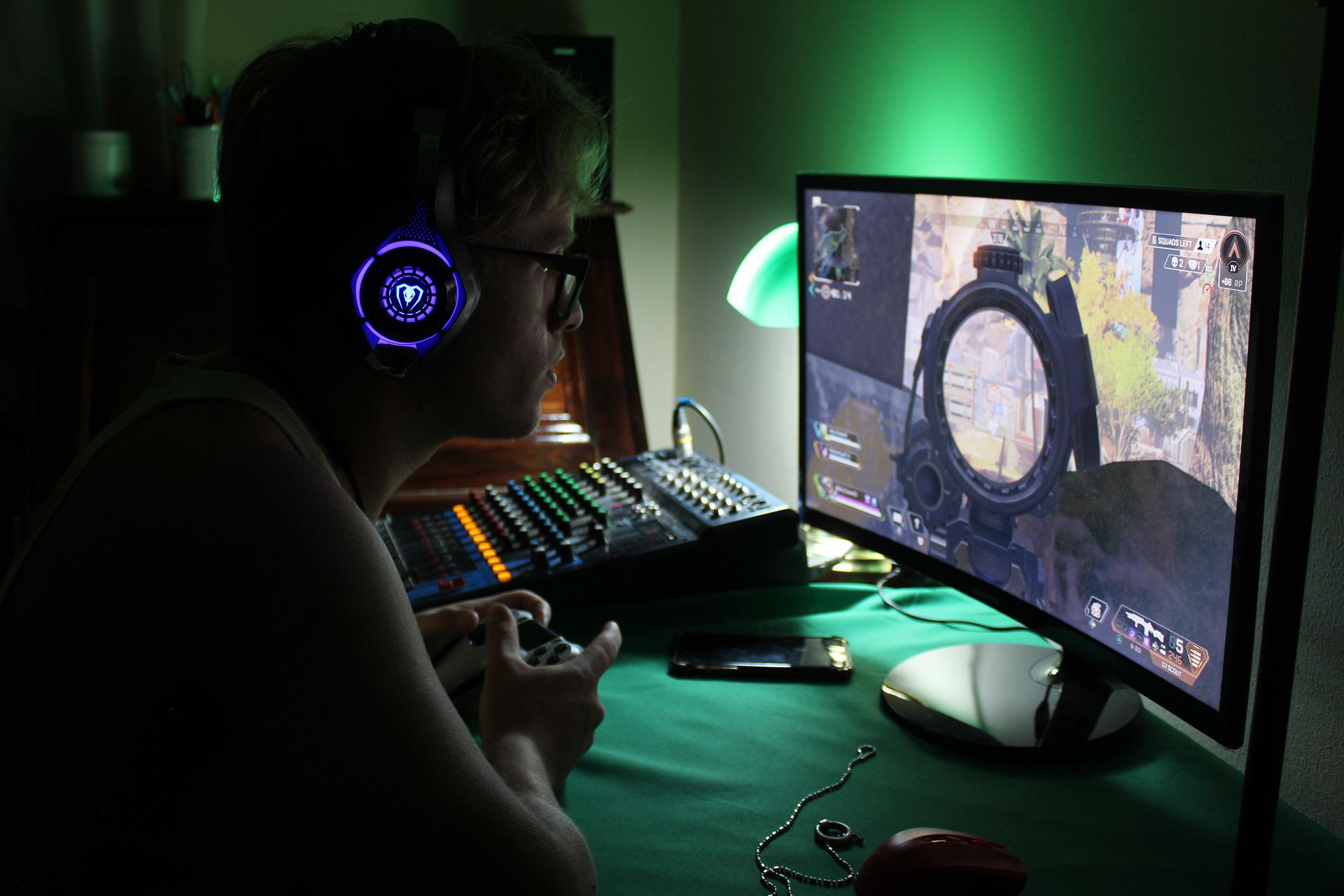
Become acquainted with your tools
Know your encoder and your camera inside and out. Never use equipment that you are unfamiliar with to conduct a live broadcast. Before starting your live stream, become familiar with the settings, comprehend the oddities, and consider potential workarounds to create your desired event. It’s advised never to open a new piece of equipment shortly before your broadcast starts, even if you’ve previously used the same type of encoder or camera. The last thing anyone likes is using faulty hardware before commencing a live stream.
Perform the examination as soon as possible
Testing early on using a setup as close to what you intend for your broadcast is one of the greatest pieces of advice. The same presenter (if applicable), microphone set-up, camera, lighting, encoder, and Internet connection must all be used. This comprehensive pre-check can aid in identifying any issues, such as the need for better lighting or a new position for the microphone if it is picking up too much background noise.
Early testing should give you ample time to identify any necessary adjustments and take the appropriate action before the broadcast.
Consider lighting
Bring a lighting solution for your setup with you. Even the greatest camera can generate a live stream that looks unappealing if the lighting is bad. Build up a three-point lighting system if your surroundings are controlled. One backlight is used behind the subject, combined with a fill light and a key light, both beaming from the sides in front of the issue. For further details on this and recommended hardware, refer to page 6 of the white paper “Video Studio Recommendations.”
Try to determine during your preliminary tests whether the setup is appropriate if you don’t have a controlled environment. Is there too much backlight, which obscures the subject? Having too much direct light washes off the intricacies. During your testing, be aware of these, and explore alternatives—typically filming from a different angle—to attempt and get around them.
Don’t mute your audio, please.
Concentrating on the visual components when doing your first video session might be too easy. The best camera should be used, the lighting should be excellent, and the video should look great. The important word here is “looks,” as novice broadcasters may overlook the importance of the audio quality. Watching a live stream that seems pretty good can be upsetting, but the audio makes the viewer cringe because it’s distorted or, worse yet, impossible to hear. This can make the viewer angry and cause them to stop watching the material.
Test your audio setup to make sure the audio is coming through clearly and that it is audible. Verify the speaker or speakers’ volume, and keep an eye out for any background noise that could mask them.
Be aware of your upload speed
It can be simple to overlook anything of this importance if you have never conducted a broadcast before. A strong connection is undoubtedly one of the essentials for a broadcast’s success because, without one, viewers won’t be able to watch content properly.
The upload speed is crucial to monitor in terms of what a broadcaster should be searching for. The upload speed that the broadcaster needs will vary depending on the quality that they intend to broadcast. A low-resolution stream will need a far slower upload speed than a 4K streaming video; as a general rule of thumb, attempt to have an upload speed that is twice as fast as what you intend to broadcast. So, if you want to publish at a 1.5 Mbps bitrate, shoot for an upload speed of 3 Mbps. Use a sustained speed test to measure the speed of your connection, which will provide a more accurate assessment of your situation.
Establish a reliable connection.
You should not just look for a fast upload speed but also a reliable connection source. For example, a cable connection performs far better than a Wi-Fi source. If wireless is your only option, run a prolonged speed test to determine how well the link will function. Getting acquainted with the connection beforehand can also be helpful. Take your time with it. To avoid severely disrupting, if not completely ruining, the broadcast, you want to ensure it doesn’t drop occasionally.
A standby Internet resource
Here are three suggestions for improving your Internet connection, which should highlight how crucial it is for a successful live stream. Unfortunately, many streaming errors may be traced back to the venue’s connection.
Two suggestions for ensuring a strong connection have already been discussed, but setting up a backup source is a great extra precaution. This is especially true if you’re connecting via a shared connection, which is not recommended because it can become congested with other users during the broadcast. This backup source could be, for instance, a wireless source on a separate network than the one where the cable connection is present. Using a mobile hotspot is one efficient strategy. The benefit is moving this hotspot to different places, from hotel venue to hotel venue. As a result, it can serve as a fallback strategy for numerous sites. For those looking to purchase one, PC Magazine lists the “top mobile hotspots” for 2017.
Maintain organization.
A shooting setting may become overpowering due to backup equipment, cameras, and the connections that connect everything. However, professionals should maintain their discipline and keep things tidy and structured. Making that backup equipment simple to find and set up should receive special attention. This entails being able to locate a spare camera, for instance, and the proper connections to set it up and function right away in an emergency.
Promote your live event
The medium of live streaming is incredibly captivating. Due to its unpredictable nature and the advantage of being the most recent on a subject or event, it offers a lot of excitement.
Although live broadcasting is in the moment, this is also one of its drawbacks. In contrast to on-demand videos, which can spread via word of mouth for days or weeks after being produced, live streams have a far smaller window of opportunity to go viral. Therefore, you must develop an advertising strategy for your live event. Depending on your budget, you might choose home page notifications, a social media blitz, an email campaign, banner ads, or Google AdWords spend to assist spread the word. A large audience that is eager and prepared to watch when the show goes live is the ideal outcome.
Start streaming early.
Starting the live stream earlier has a few advantages. One benefit is that it provides a last-minute opportunity to fix bugs before the event begins—one last chance to perform an end-to-end test before it matters most.
Assuring folks early on that the live stream is happening has another benefit. In the absence of the player, it’s very simple for a viewer to run into it just as the show is about to begin, see nothing, and then be overcome with doubt about whether they correctly identified the time zone or whether it was canceled. They are reassured that the event is taking place by seeing the “pre-event” video.
Depending on the venue, the answer to the crucial question “how early” can vary. A game’s field being displayed 10 to 15 minutes before the event’s commencement can be a beneficial early start. Do it if you’re putting on a concert and have room for an hour of entertaining stage preparation. To let people know that this early film isn’t from the real event, you need to have some form of pre-event notification in place. This can be a lower third stating that the event will start at a given time or even an announcer occasionally indicating that the event hasn’t started and will start at a specific time.
